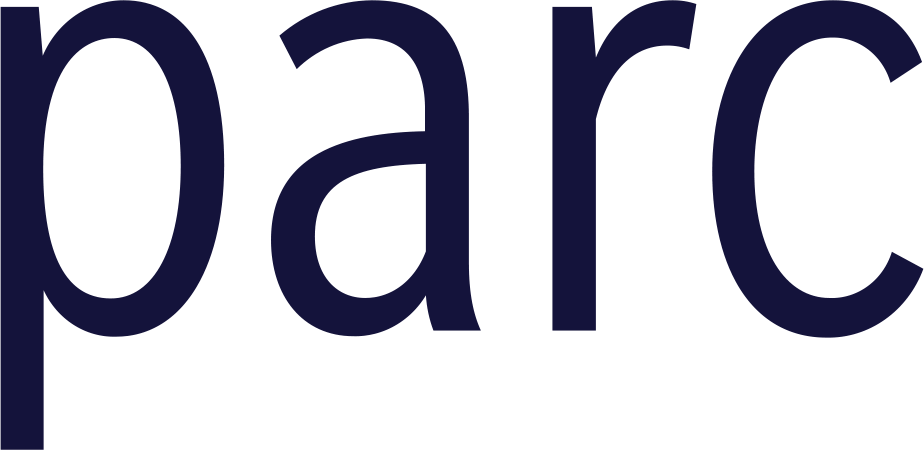External Forces and Trends
A Rollercoaster Time for the Economy
As we look back on 2021, and forward into 2022, what should we make of things? The history books and the statistics will tell us that this has been an exceptional year for economic growth, with the final figure likely to be between 6 and 7%. The only two post-war rivals for this are 1973, the year of the inflationary Barber Boom, when the economy grew by 6.5%, and 1960, in Harold Macmillan’s “you’ve never had it so good” period, when growth was 6.3%.
The history books will record that 2021’s growth came after a huge contraction in 2020, now estimated to be 9.7%. At one time 2020’s slump meant it was the biggest fall in gross domestic product since 1709. Now it is merely the biggest since 1921. In neither 1960 nor 1973 was strong growth preceded by a massive slump.
Living through this history has, however, been far from comfortable. The story of the 2020 recession was essentially the story of a single quarter, the second quarter in April-June, when GDP fell by an enormous 19.6% as a result of the first lockdown. For the rest of the year, the economy recovered, despite a second lockdown in November and the most unusual Christmas anybody can remember.
The story of 2021 does not quite fit the ‘game of two halves’ cliché. The year started badly with a third lockdown and the economy shrank by 1.4% in the first quarter, before rebounding in the second by 5.5%. It was a story of a successful vaccination programme – which only started anywhere in the world (it was in Coventry) in December 2020 – permitting restrictions to be lifted.
What we did not know is the extent to which the re-opening of the economy would bring so many stresses and strains, which meant a much more troublesome second half. Rather than gliding back to pre-pandemic levels of economic activity, the economy was beset with the problems of sharply rising costs, shortages of both labour and supplies, and the looming reality of higher taxes.
This is now the key question for the economy as we move beyond 2021 and into 2022. The consensus among economists in the autumn was that strong growth of between 6 and 7% in 2021 would be followed by another good year in 2022, with growth of around 5%. This would mark the economy’s best two-year growth for a very long time.
The question is whether a strong recovery can persist when up against the headwinds that have emerged in recent months. Let us take the different drivers of growth in turn. Consumer spending, which accounts for nearly two-thirds of the UK’s GDP, is vital to any recovery. As we emerged from the pandemic, the consumer spending story appeared to be very solidly based. Not only were wages outstripping inflation, but households had accumulated at least £150 billion of so-called involuntary savings – built up because they could not spend on the things they usually spend on – during the pandemic.
Those savings are still there, and waiting to be spent, but a cloud has been over consumer confidence, which has fallen back. Consumers are worried about rising energy bills and inflation more generally, the higher taxes that will be coming next spring and shortages. The petrol-buying panic in the early autumn showed that people are jittery and do not always believe government assurances.
How much will this inhibit the consumer recovery? Retail sales have flatlined, at best, since the opening up of non-essential retail in the spring, though this partly reflects the diversion of consumer spending to hospitality, entertainment and travel. New car sales should be powering ahead but have been struggling. September, a key month for the industry, saw registrations down by 34% on the previous year, and the weakest since the twice-yearly licence plate change was introduced. Special factors apply there too, however, notably the global shortage of chips, and buyers have been responding by purchasing second-hand vehicles, driving their price sharply higher.
Consumers know that there are tax increases on the way, with National Insurance due to rise next April, alongside a freezing of income tax allowances and thresholds and a likely big increase in council tax bills. The energy price cap could go up by 30% or more then.
You write off the British consumer at your peril, however, and when unemployment is low and recruitment demand strong, it is reasonable to expect a sizeable increase in consumer spending in 2022, even if it does not match the 7% growth predicted by independent forecasters in the autumn.
Businesses, for their part, have a powerful incentive to invest. The ‘super-deduction’ of 130% against corporation tax, announced by Rishi Sunak in his March 2021 Budget, means that bringing forward investment from later years is a ‘no brainer’. It gives businesses a chance to invest on favourable tax terms, ahead of the planned increase in corporation tax from 19 to 25% in April 2023. Though business confidence has weakened, a strong rise in investment is likely.
What we have to accept, though, is that the post-pandemic recovery comes at a price, quite literally. Every measure of inflation has been moving higher. Even before the autumn surge in energy prices, 4% inflation was in prospect. Now it is set to go higher and hang around for longer. The Bank of England made the initial judgment that 2021 would be like 2011, with a short-lived period of high inflation. Now it has accepted that this period of higher inflation will not dissipate quickly and has been busy preparing the ground for higher interest rates and the reversal of some of the quantitative easing (QE) it did in response to the pandemic.
Some of the current price pressures will pass, and it would be wrong to conclude that we have entered a new era of permanently high inflation. Growth will settle down, and so will the upward pressure on prices. But this period is a reminder that when you shut economies down with restrictions and lockdowns, turning them on again is not as straightforward as we might hope.
RECENT PARC EVENT:
Economic Update 2022 and Beyond
Catch up with all content in the Post Meeting Notes
This article formed part of the HR Directors’ Briefing: Scanning the Horizon: Trends and Issues in 2022. View the full Briefing here.



